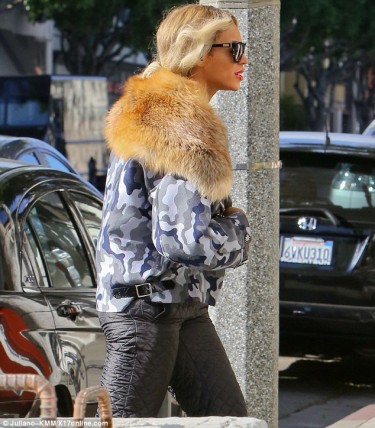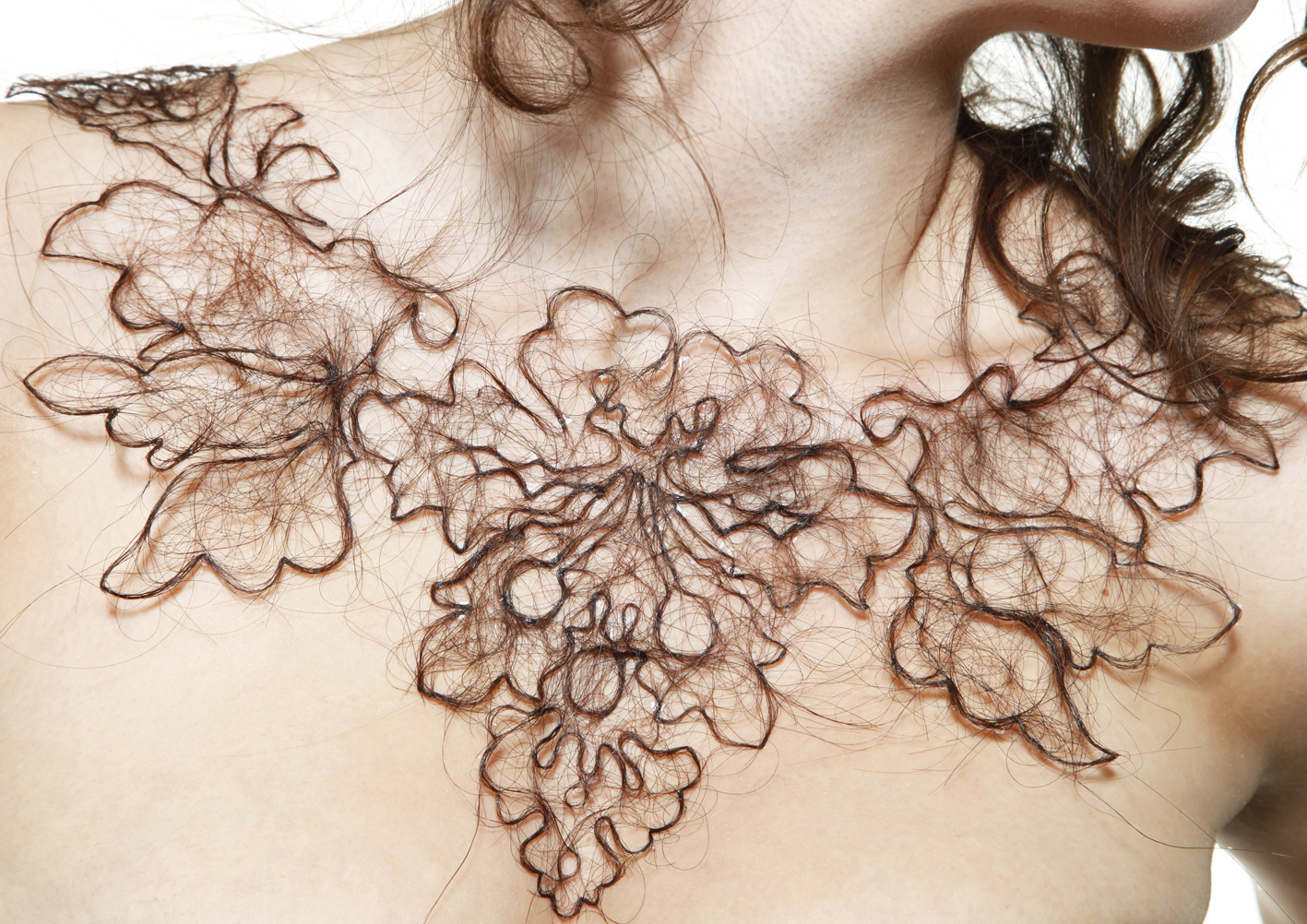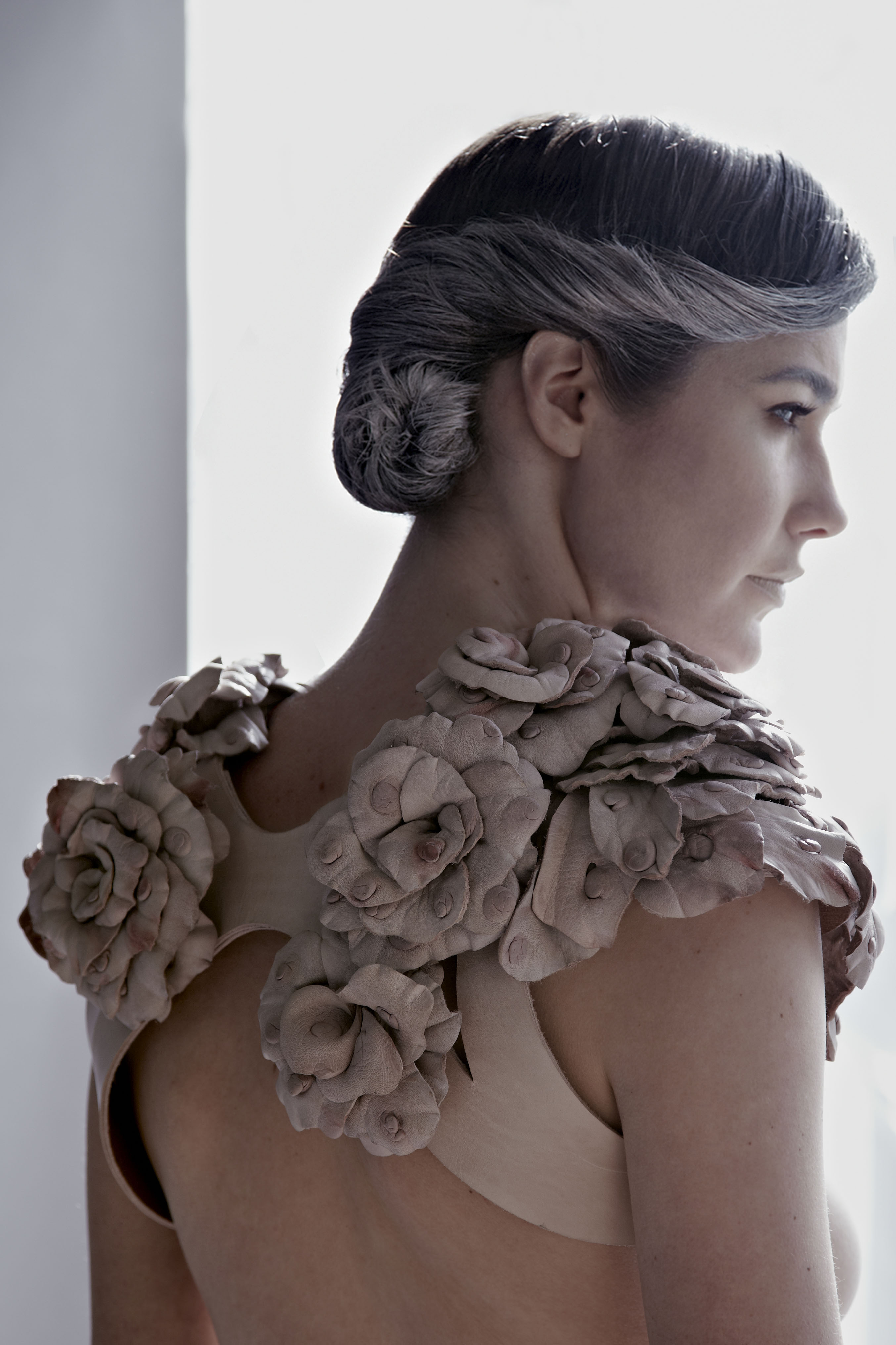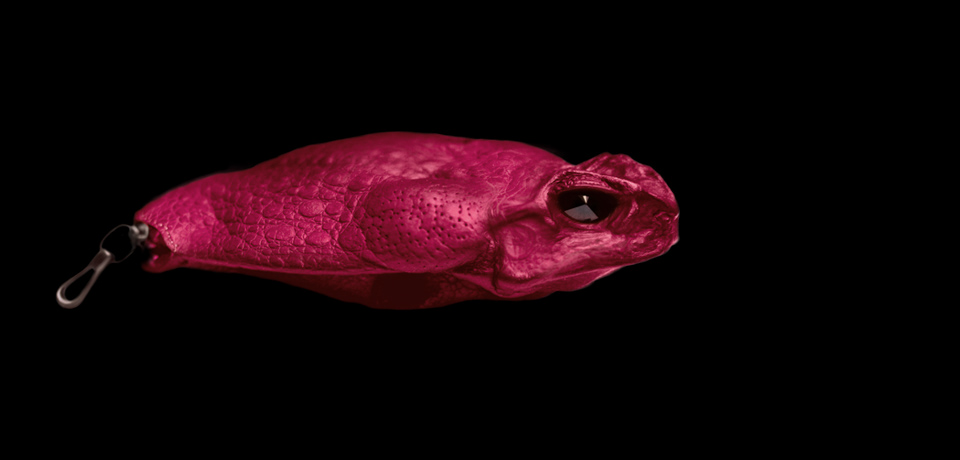
Commentary & Critique - Beyonce goes Vegan
Beyoncé’s fashion faux pas represents an interesting opportunity to discuss the disconnect between the expectation and understanding of what a commitment to a veganism means.
The Unexpected Repercussions of Upcycling
The process of re-contextualizing waste as resource, can have some unexpected repercussions. At first glance it’s a simple enough concept; reconsider what others think of as trash instead as resource, and utilize it as the base material for new creations. The result is less trash going to landfill. The creative challenge of recontextualizing the waste as something new, is perhaps not such a great contextual leap when the materials are offcuts and leftovers from luxury fashion production. The materials have an innate value already, they may be on a smaller scale that requires creative problem solving to utilize to best advantage, but the material value remains intact. What about when the chosen materials have distasteful cultural connotations, invoking not just lack of value, but actual disgust? That represents an entirely different challenge. How do you take a material that is automatically considered completely undesirable and distasteful, and make it tasteful and desirable? A few designers have undertaken this challenge successfully, mostly artists with the intent of toying with our cultural codes, challenging societies concepts of attraction, disgust and value through their art. Kerry Howley’s hair necklaces do just that. Fine, intricate, filigree patterns, formed after wallpaper swirls, only fashioned in discarded hair. Hair, with its unique cultural codes, considered beautiful, desirable and a thing of great attraction when adorning a pretty woman’s head, but considered nasty and dirty when plugging up a drain or tangled on a hairbrush. It’s quite a challenge to work with materials that embody such defined cultural codes, and turn them around to mean something entirely different. Howley manages that with her intricate hair necklaces.
 But what about materials that don’t have a place in our cultural lexicon, hidden materials that we’ve never considered, like cow nipples for example. Rachel Friere produced a collection of fantastically beautiful and delicate designs entirely from cow nipples. Animal nipples are routinely discarded and never even seen by the designers, cutters and sewers that work with leather, as they are discarded way down the production chain and removed during tanning. We don’t have a predetermined cultural response to cow nipples; they don’t even register on our consciousness. Our mind is left to make what connections it can, cow nipples, human nipples, sensitivity, sexualization, motherhood; and it reacts simply and viscerally with recoil and disgust. That is exactly what happened when Rachel Friere showed her cow nipple collection at London Fashion week and decided not to tell, at least immediately what the materials were. Observers were drawn in by the delicacy and detail of her multi petaled creations made from tiny scraps of leather, dyed in the prettiest of blush pink. Intrigued by the undertone of S&M corsetry referenced in her work, then horrified with the realization of material choice; intentional of course, but shocking to the unsuspecting observer. Friere was vilified in the press, as much for daring to show her collection at Estethica, London Fashion Weeks ethical fashion trade show, as for her choice of materials. After all, what could be ethical about cow nipples? Surely such a material choice is an abomination, parts of a cow that should be hidden, discarded and forgotten by all but the unlucky few that actually have to discard them. But wait, isn’t the utilization of waste part of what eco fashion is about; the diversion of waste from landfill through creative reinvention? Hmmm, dilemma… Surely that is exactly what Friere did by utilizing cow nipples to produce beautiful, intriguing, cutting edge designs. I believe so, and included her work in my recent book ReFashioned, alongside of Kerry Howley’s hair necklaces, as inspirational examples of the reuse of wasted materials, otherwise destined for landfill or incineration.
But what about materials that don’t have a place in our cultural lexicon, hidden materials that we’ve never considered, like cow nipples for example. Rachel Friere produced a collection of fantastically beautiful and delicate designs entirely from cow nipples. Animal nipples are routinely discarded and never even seen by the designers, cutters and sewers that work with leather, as they are discarded way down the production chain and removed during tanning. We don’t have a predetermined cultural response to cow nipples; they don’t even register on our consciousness. Our mind is left to make what connections it can, cow nipples, human nipples, sensitivity, sexualization, motherhood; and it reacts simply and viscerally with recoil and disgust. That is exactly what happened when Rachel Friere showed her cow nipple collection at London Fashion week and decided not to tell, at least immediately what the materials were. Observers were drawn in by the delicacy and detail of her multi petaled creations made from tiny scraps of leather, dyed in the prettiest of blush pink. Intrigued by the undertone of S&M corsetry referenced in her work, then horrified with the realization of material choice; intentional of course, but shocking to the unsuspecting observer. Friere was vilified in the press, as much for daring to show her collection at Estethica, London Fashion Weeks ethical fashion trade show, as for her choice of materials. After all, what could be ethical about cow nipples? Surely such a material choice is an abomination, parts of a cow that should be hidden, discarded and forgotten by all but the unlucky few that actually have to discard them. But wait, isn’t the utilization of waste part of what eco fashion is about; the diversion of waste from landfill through creative reinvention? Hmmm, dilemma… Surely that is exactly what Friere did by utilizing cow nipples to produce beautiful, intriguing, cutting edge designs. I believe so, and included her work in my recent book ReFashioned, alongside of Kerry Howley’s hair necklaces, as inspirational examples of the reuse of wasted materials, otherwise destined for landfill or incineration.
But then I came across KOBJA, a French company founded by Monika Jarosz. KOBJA’s first collection of bags, purses and accessories are made from whole Cane toads. Cane toads were introduced to the Oceania region from Central America, in an attempt to eradicate pests from sugar cane plantations. Their prolific breeding habits, and poisonous skin has caused them to now be labeled as a pest and an invasive species. They are being systematically eliminated from the Oceanic islands, in an attempt to undo the harm their introduction caused. This is where Monika Jarosz comes in, who manages to makes the unlikely connection between her childhood fairytales filled with fantastical animals, her background in fashion, and her desire to create, to produce the KOBJA toad skin purses and bags. Made from complete and whole toad skins, the purses are reminiscent of vintage alligator and lizard bags from the 40’s, replete with claws, eyes and heads, only with a distinctly modern twist. Their bright diamanté eyes, amputated legs, and brilliant colorations are suggest a fantastical, mythical creature worthy of a fairy tale, except their not, these were real toads, not the product of a child’s bedtime story.
The work of Rachel Friere and Kelly Howley, are deliberate, intelligent cultural explorations. Both designers consciously choose their materials to challenge our cultural codes, through painstaking work and creativity. Their intent was not necessarily one of recycling, although that was one of the positive outcomes, they are simply artists who choose to work with wasted materials as a means of questioning our cultural values. KOBJA on the other hand propose themselves as recyclers of discarded animal skins, which indeed they are of course, but context is everything. There is a world of difference between recycling being a byproduct of the creative process, and it being proposed as the raison d’etre. The toads in KOBJA’s collection are whole and complete except for their legs. There is something gratuitous about the entirety of an entire animal body hanging on a slender chain, and being used as a change purse with a zipper in its bum. Something almost vengeful about entire bodies with glittering eyes acting as the only relief on an otherwise plain tote bag. A sort of dishonoring of nature, not the honoring that Jarozs proclaims. I think in the end its not the nature of the materials that is the problem, recycling is in itself a good thing, and if the toads are being exterminated, then why not use their skin. The use of the entire skin, carefully removed by a taxidermist and turned into a purse however, smacks more of a modern day, opportunistic big game hunter, who instead of placing an elephants head on the wall, wears a full animal skin around their neck. Perhaps it is the creative reuse of materials and the intellectual and cultural challenge that makes Howley and Friere’s work so intriguing, and the complete lack of in Jarozs’s work, that makes it seem so distasteful.
In the end beauty is in the eye of the beholder. There is no doubt that the reuse of discarded animal skins is a good thing. This is just one person’s opinion, not an industry wide damnation. But somehow I don’t think I will be the only one that objects, despite the fact that her purses are reportedly selling like hot cakes. I don’t believe we honor nature’s wonder and diversity by displaying it whole and wearing it around our neck. Yet in the end, what would be so different if the skins were cut up and used flat like any other animal skin in a purse, bag or shoe? Why would that be so more acceptable than skinning them whole? I think perhaps her work represents a commentary on our culture, that the disguising and distancing from the material source when its animal, is somehow more acceptable. Just as its OK to eat meat as long as you purchase it as a neatly wrapped steak in the supermarket and we don’t have to see the animal killed. Isn’t this just the same? The whole unadulterated toad skin makes it impossible to distance ourselves from the fact that this was a living, breathing animal, making Jarozs’s work in the end an intellectual and cultural challenge, all be it an inadvertent one.
 Website: www.kobja.com/en
Website: www.kobja.com/en